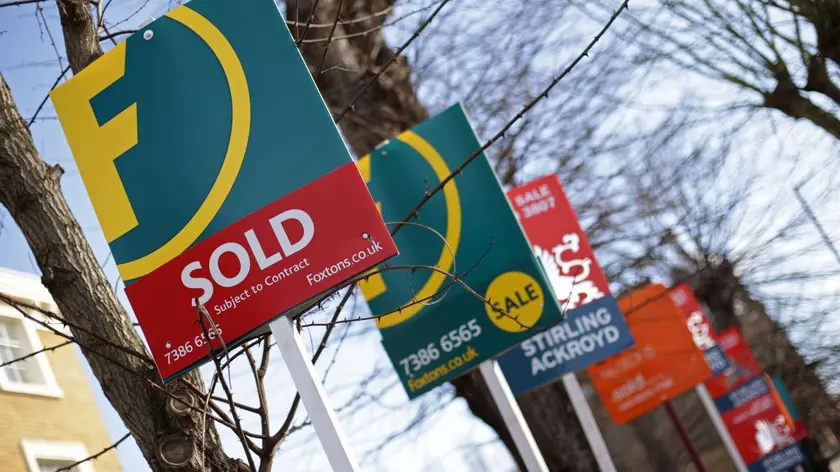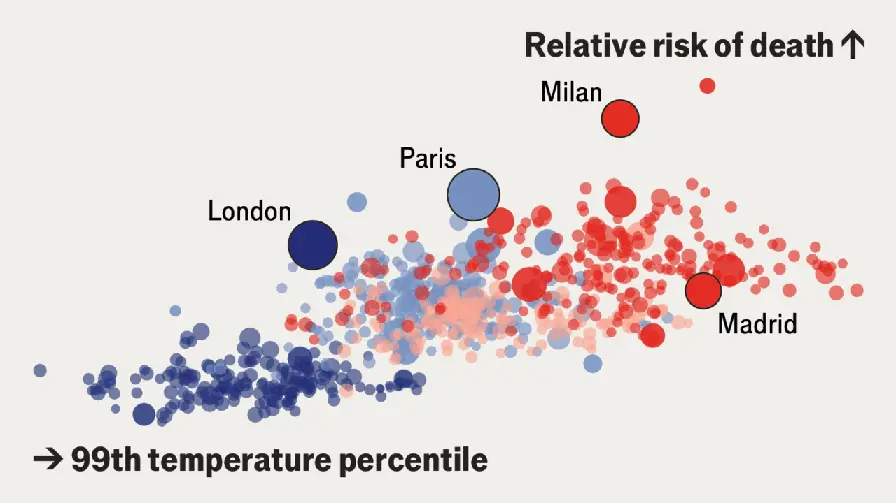T4K3.news
Walkable cities boost daily steps by 1,100
A study tracking 5,500 Americans finds moving to walkable cities adds about 1,100 daily steps.

A large relocation study links higher walkability to more daily steps and greater exercise among 5,500 Americans.
Walkable cities boost daily steps by 1,100 study finds
Researchers tracked 5,500 Americans who moved between 1,600 cities, monitoring activity for 90 days before and after the move from 2013 to 2016. Using smartphone step counts and Walk Score ratings, they found that moving from a low walkability city to a city with a high score added about 1,100 steps per day, roughly 11 extra minutes of walking.
The biggest jump occurred when moves went to cities with high walkability like New York City, where daily steps rose from about 5,600 to 7,000. Most of the increase comes from brisk walking rather than light activity. The share of people meeting the U.S. physical activity guidelines rose from 21.5 percent before relocation to 42.5 percent after. Simulations suggest that if all cities matched Chicago in walkability, 36 million more Americans could meet targets, and if they matched New York City, 47 million could. One group did not see gains: women over 50, which the researchers link to safety concerns and caregiving duties. The study underscores that improving the built environment helps, but it is not a one size fits all solution and should be paired with targeted health support.
Key Takeaways
"We were positively surprised by the size of that effect"
Tim Althoff, lead author, on the impact of moving to walkable cities
"Improving the built environment is a great start, but it needs to be paired with targeted health intervention"
Tim Althoff, on policy needs beyond design
"Physical inactivity is the fourth underlying cause of death in the world and in the country because it contributes to so many chronic diseases"
James Sallis on the global health impact of inactivity
"Walkability is about giving people safe ways to reach their destinations without relying on a car"
James Sallis on the purpose of walkable cities
Urban design can influence daily habits in meaningful ways. The data show how the daily route we choose affects activity levels, but the gains are not equal for all residents. The absence of a boost for women over 50 points to safety and access gaps that may limit benefits for older adults. Smartphone based measures may also miss segments of the population, so the results could be more optimistic than reality for some groups. The finding that a city buffer in sidewalks and crossings can shift behavior does not solve all health issues, but it signals a clear policy direction.
City planners should view walkability as a platform for health, not a cure. The authors reiterate that a walk friendly environment must go with targeted programs to reach different communities. If design is paired with safety, transit access, and outreach, the health gains could be sizable for large populations while reducing long term costs linked to inactivity.
Highlights
- Walkable streets become daily energy boosts
- The city you live in walks back for your health
- A better sidewalk is a better daily routine
- Safety and access unlock walking gains for all
Sidewalks can steer health outcomes, but only if safety and access are part of the plan.
Enjoyed this? Let your friends know!
Related News

Walkable cities lift daily activity

Europe to fund Ukraine defense continues

Mortgage approvals increase as housing market stabilizes

Heat risk rises in European cities

New York Preseason Builds Fresh Optimism Across Giants and Jets

Putin signals Donetsk focus in Alaska talks

Transformational effects reported by Wegovy user

Kremlin presses Donetsk surrender in ceasefire offer
